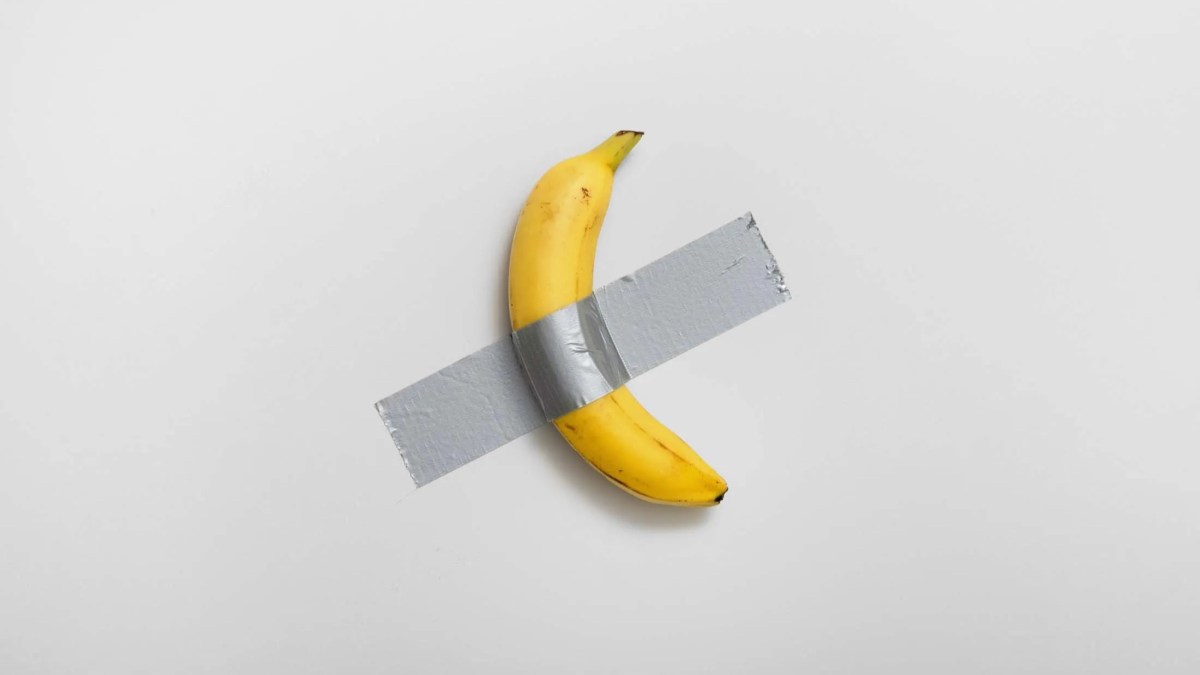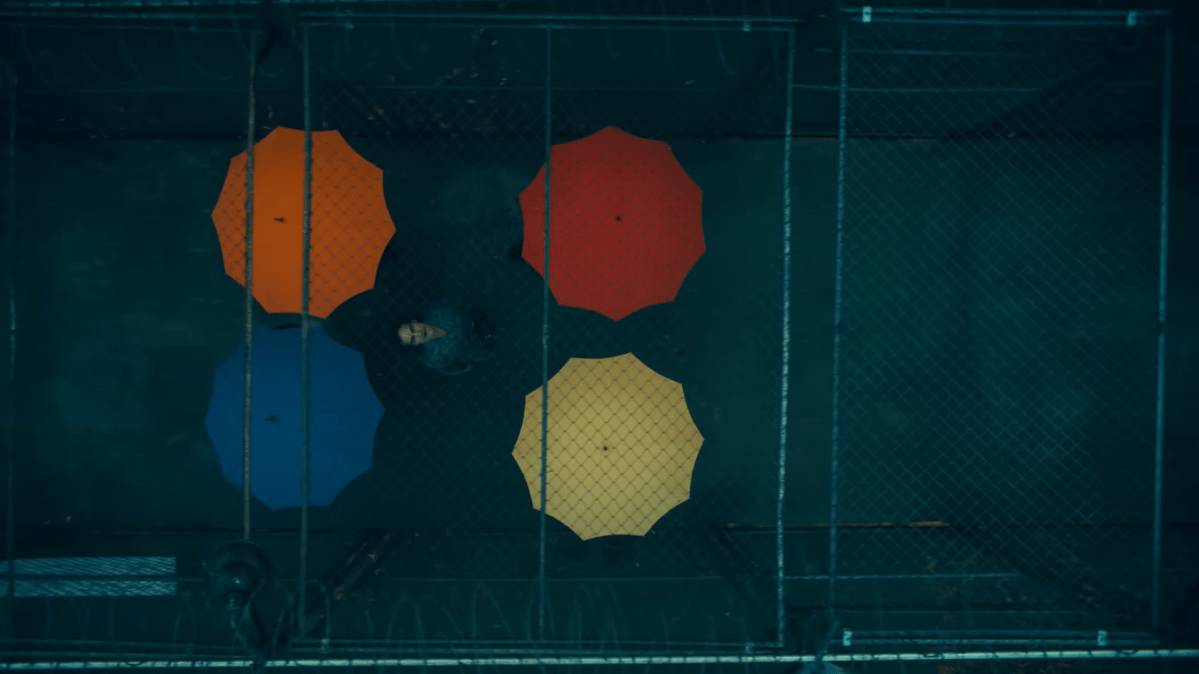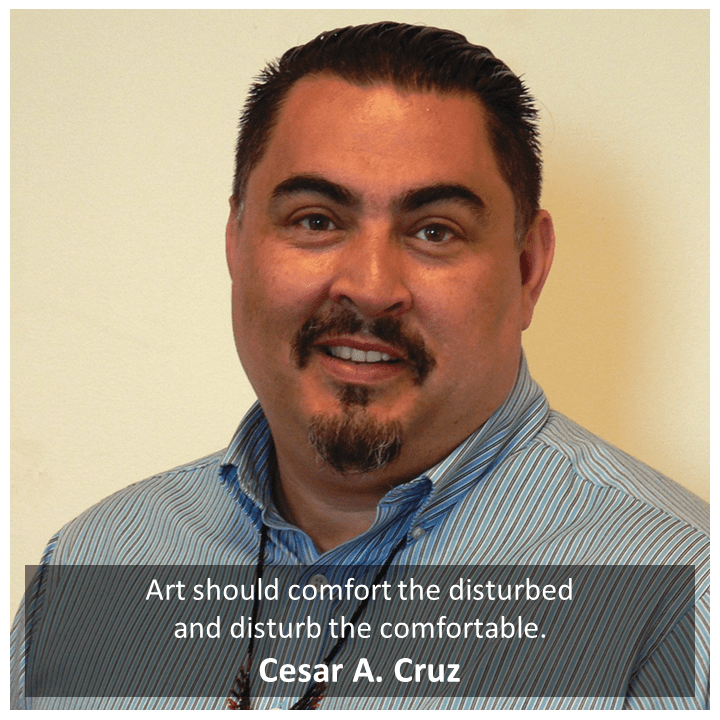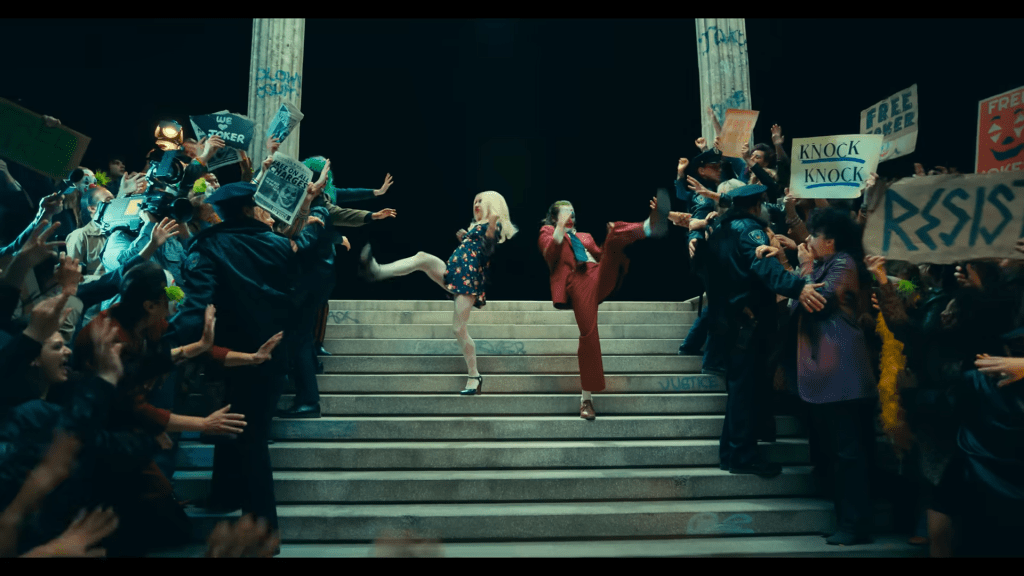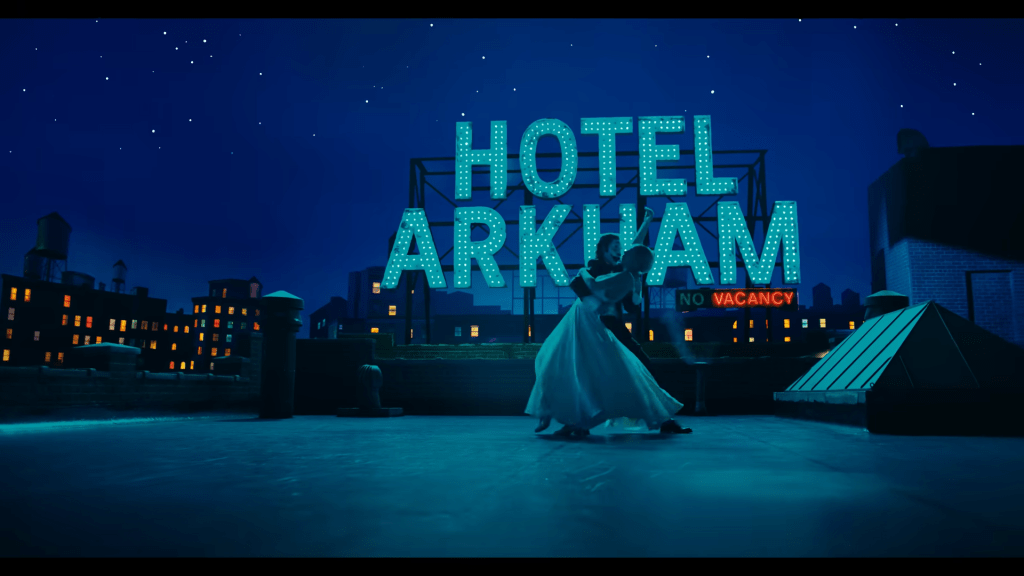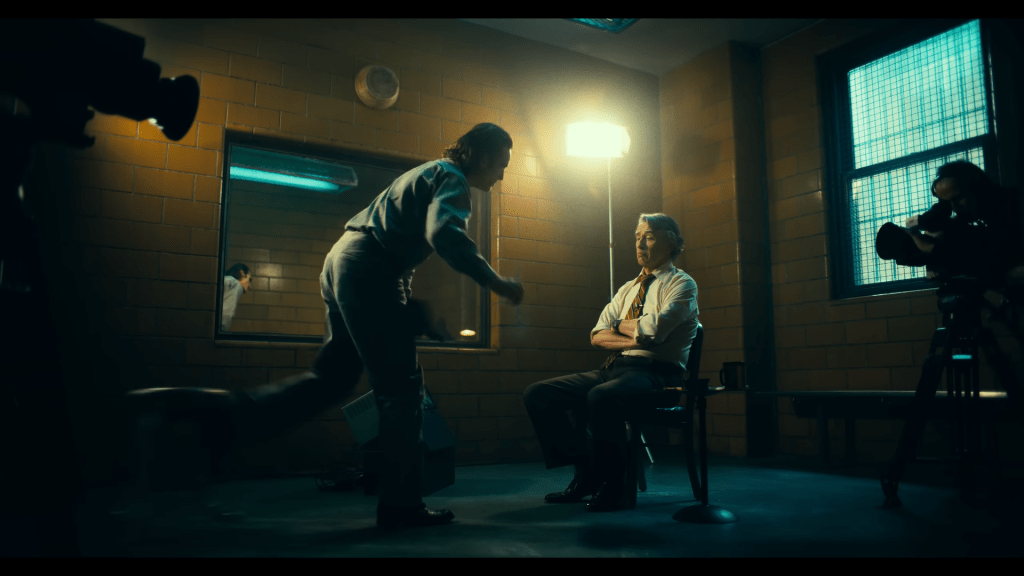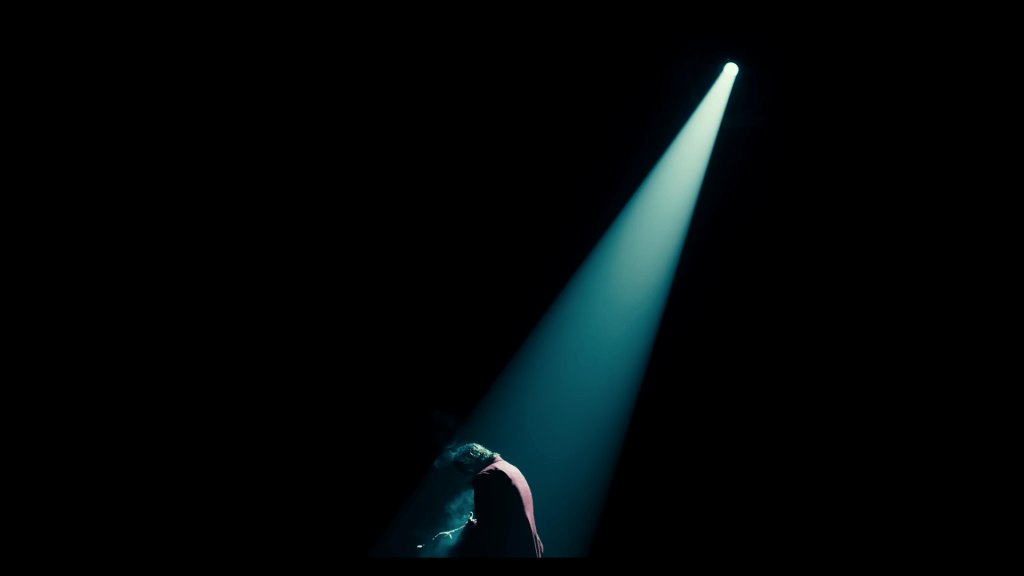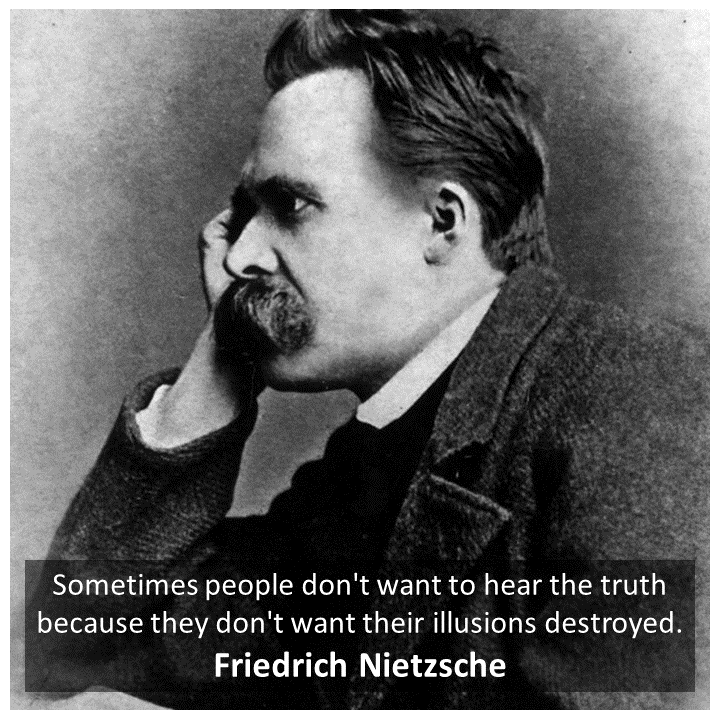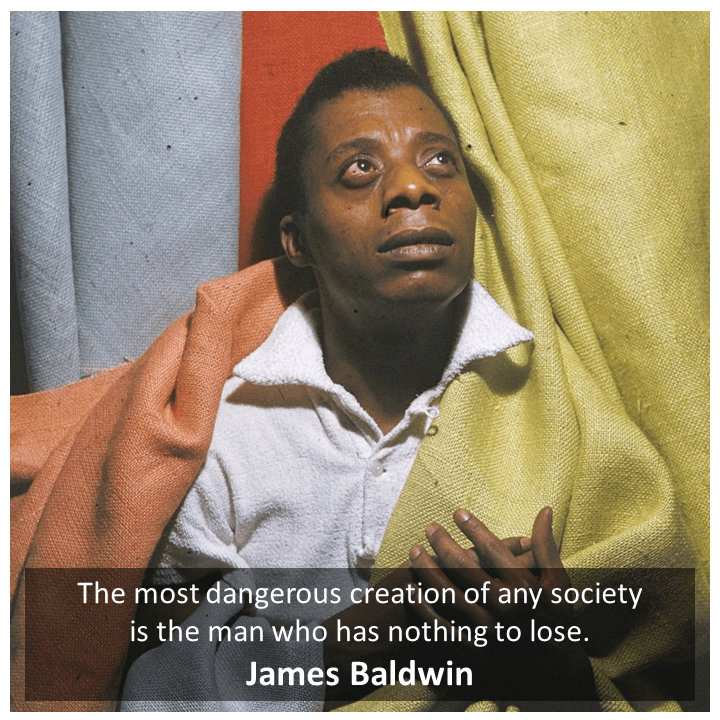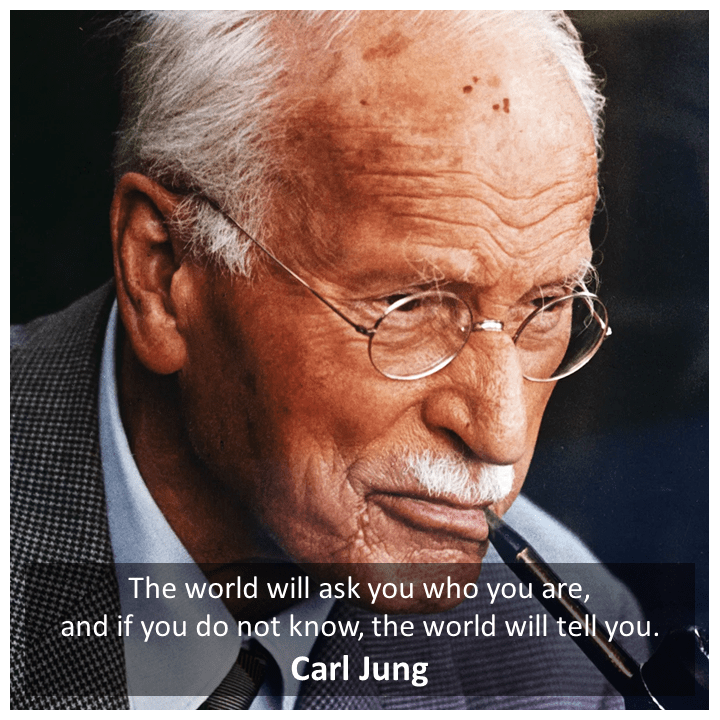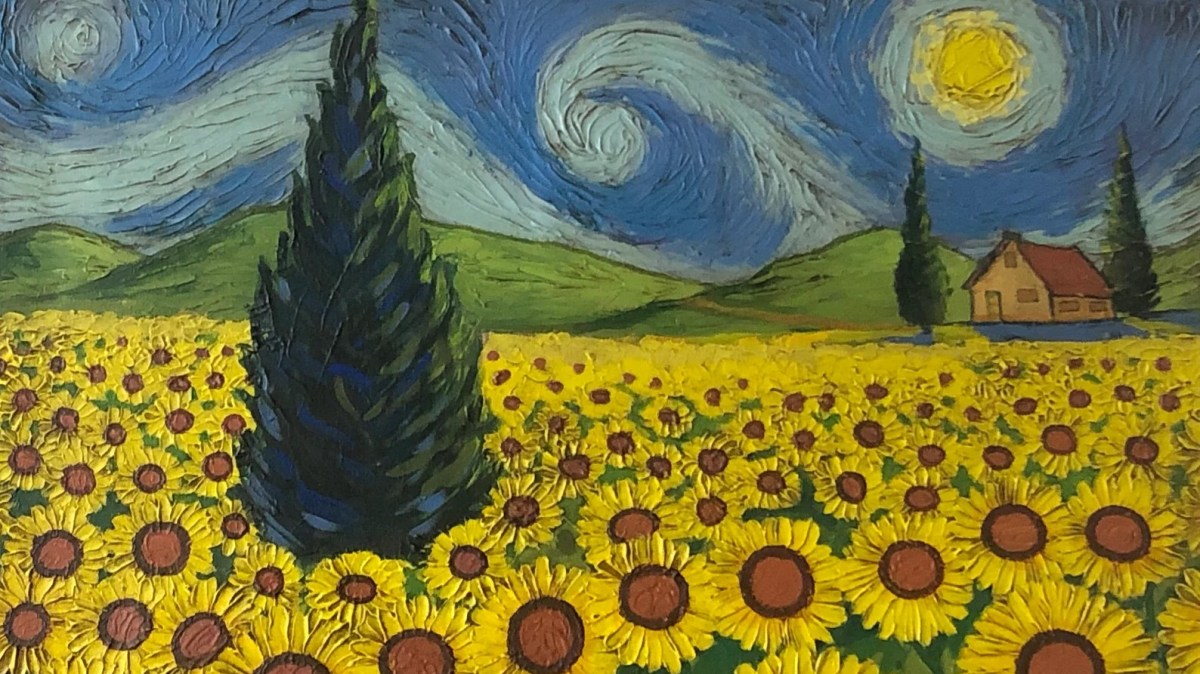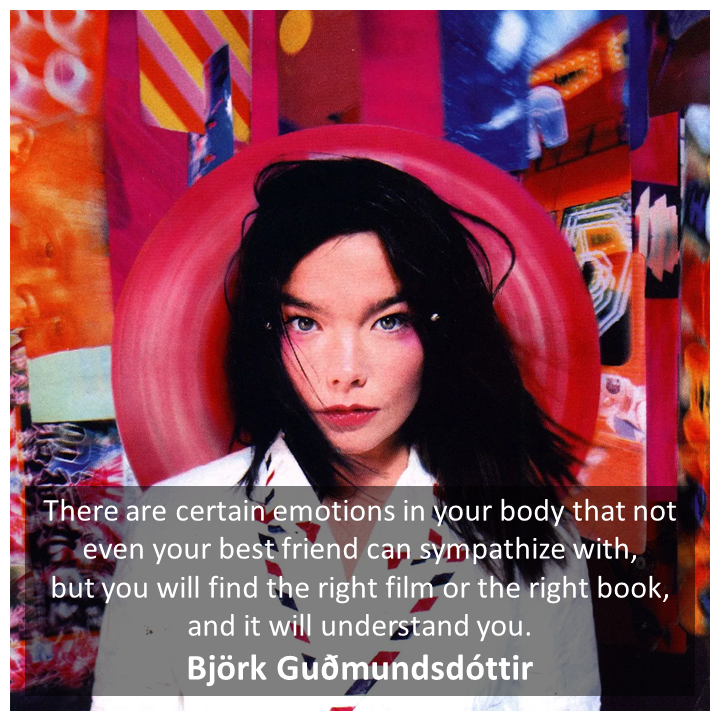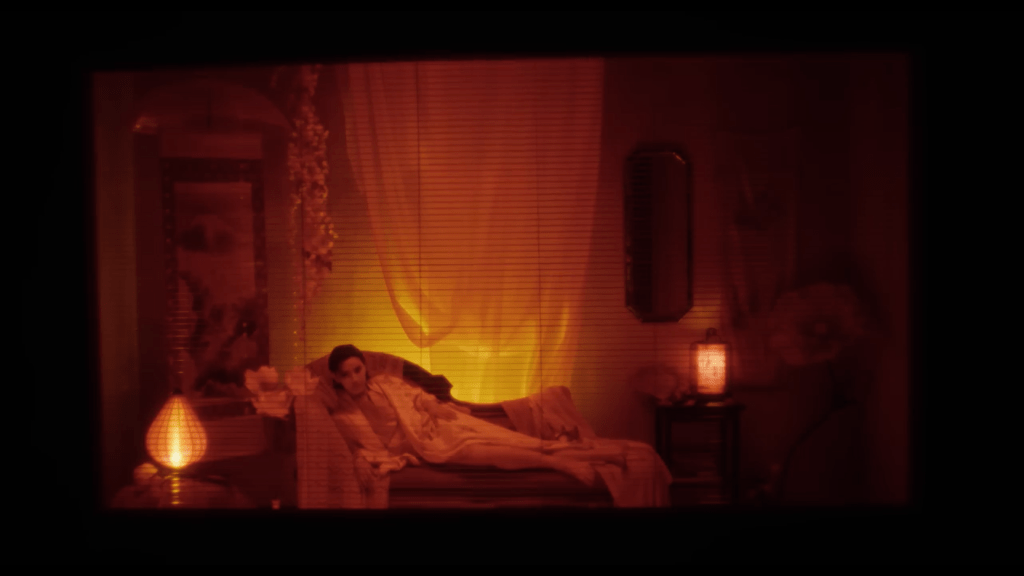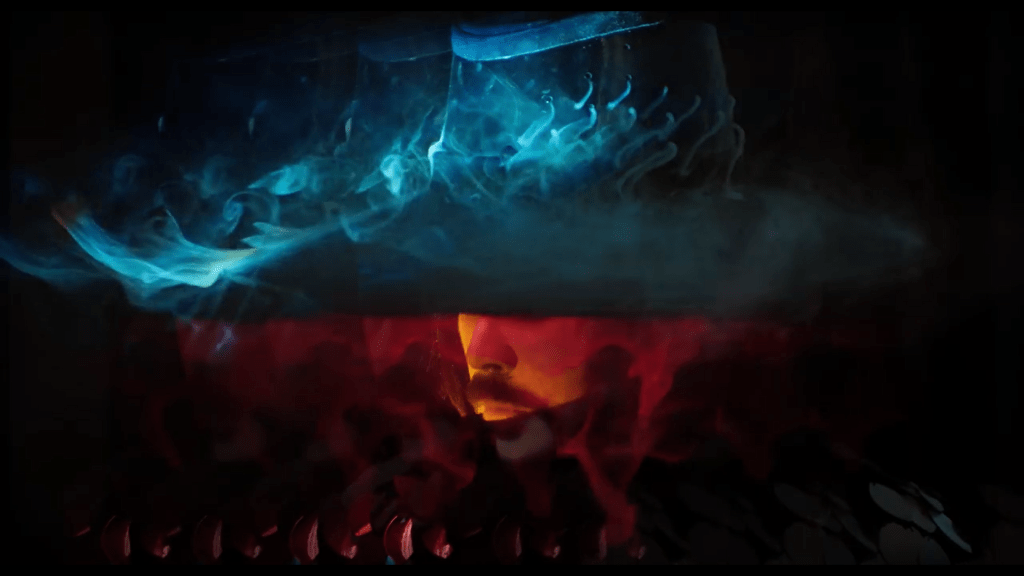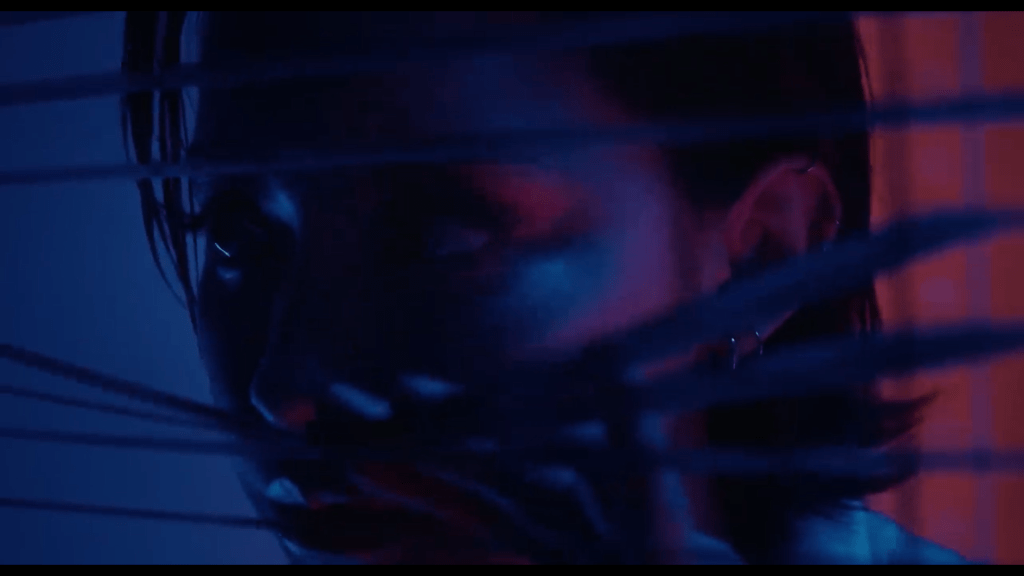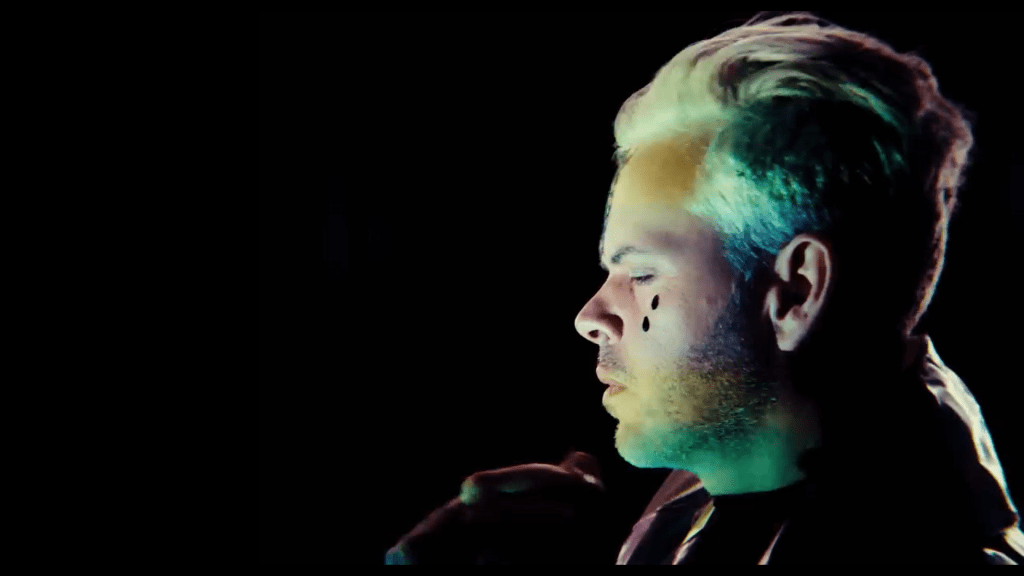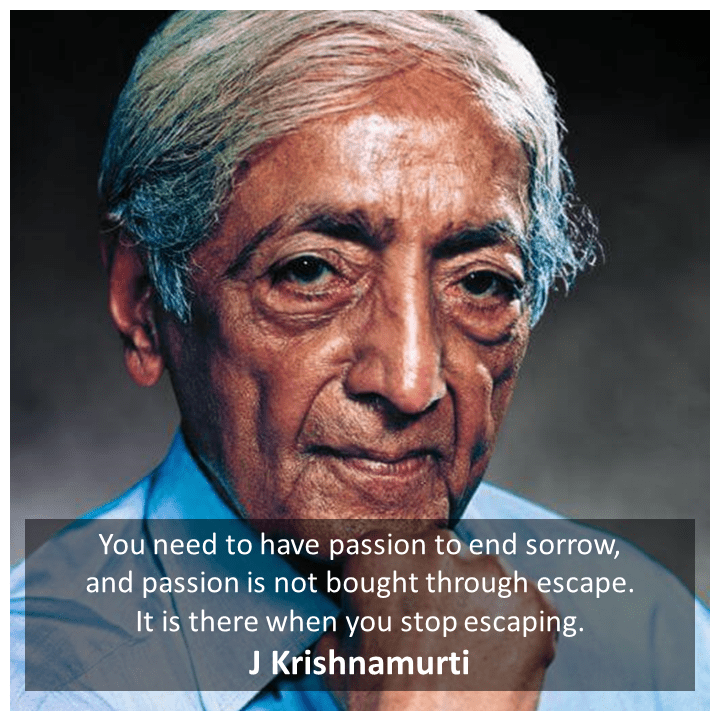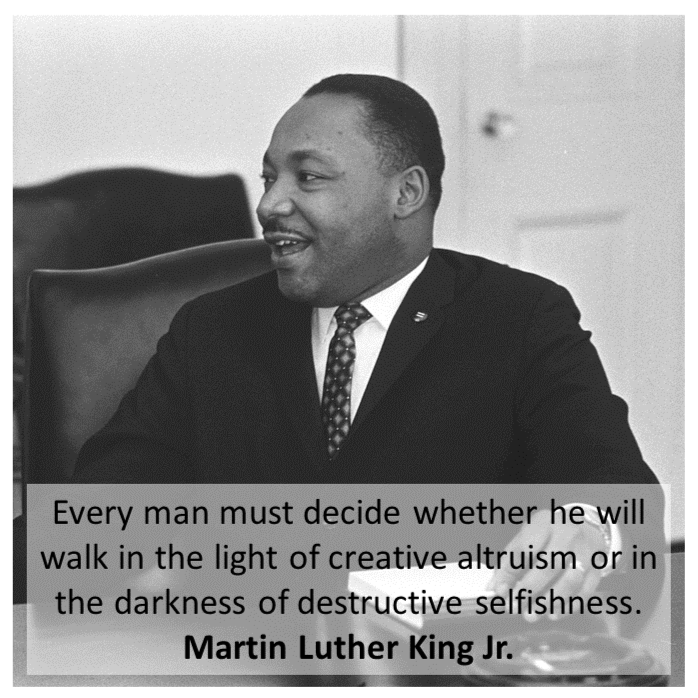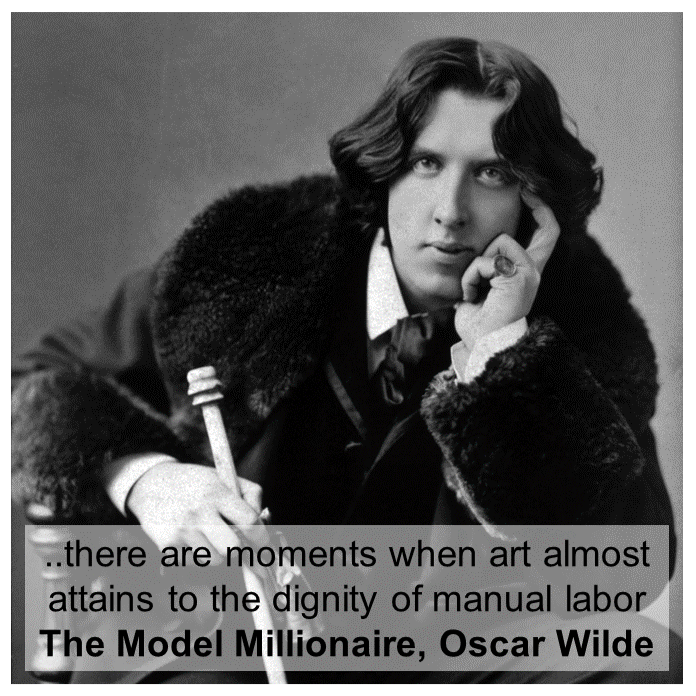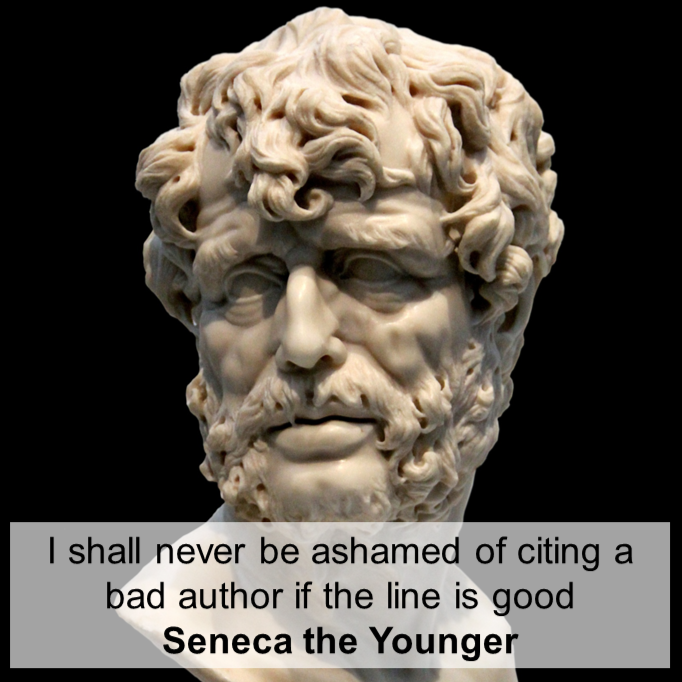Franz Kafka’s story “A Hunger Artist”

‘A Hunger Artist’ was the last book published during Franz Kafka’s lifetime. The titled story shows the inner turmoil and the imposter syndrome Kafka had for his writings. Even though tragic in the end Kafka successfully defined the attributes of the true artist in this story. Every person who appreciates the struggles in the life of an artist, the process of creation of a piece of great art, a masterpiece should read it. He impressively highlighted the importance of the artistic journey as the most authentic way of self-expression which what makes us who we are in the first place.
Synopsis
This is a story of an artist whose skill is demonstrate survival without eating anything – remaining hungry thus the name – ‘Hunger artist’. The impresario – the event organizer of this demonstration by the Hunger artist has a well-planned demonstration to make sure that enough intrigue, curiosity and attraction is spread in the public so that the show would be a success in the end thereby earning him profit. There is proper way to publicize the artistic demonstration, a proper time window of 40 day to end the fasting so that the artist is not stretched beyond his limits and the public interest doesn’t fade over time. There is also a proper way to conclude the hunger demonstration with full celebration.
Hunger artist is nowhere in this equation except for his demonstration. He is not doing this to earn money. He is doing this because it is the only thing he is good at and makes him special than the people around him, the crowd around him. For him it is his special talent which makes him different that rest of the crowd. Getting recognition from people is the result of this special talent which is his real earning from his art-form.
The impresario’s only intent to use the art-form of the Hunger Artist is to capitalize his skill of fasting to earn more money.
Over the time this show’s popularity fades so Hunger artist is forced to join a circus because now he has aged and this is the only skill he has. He joins the circus with the hope that impresario will not limit his ability to fast for longer time and he can prove his artistry with even better efforts and make it truly flawless, a masterpiece ultimately. He starts his demonstration in a cage.
Sadly, this cage is placed right at the end of the row of animal cages where people, audience rarely have left any interest or they are visiting this last cage as it is in their way to the exit. People rarely show any interest in the cage of the hunger artist.
Time passes, the hunger artist had already broken his record of 40 days but nobody notices this. The artist is forgotten and one day someone notices his empty cage as if there is no one there and asks the people to use it to bring some exciting animal into this cage. The moment someone identifies that this is the cage of hunger artist, the supervisor asks the hunger artist to end his fasting without disrespecting the hunger artist – saying that he admired what the artist accomplished.
The hunger artist dies and his place in the cage is replaced by a healthy Panther, who is properly fed by the circus people and the Panther itself is enjoying his life in the cage. People were intrigued and happy to see the cage of the Panther and they start crowding around this Panther’s cage where the Hunger artist used to reside earlier.
The Tragedy of Hunger Artist and Franz Kafka
Many readers attribute the story of the Hunger artist as the reflection of the inner tragedy Franz Kafka had throughout his life. Bear in mind that Franz Kafka’s literature became famous after his death. He was so unsure of the literary creation he made that he was very conservative about publishing his writings. The hunger artist is the last story which was published when Franz was alive. Most of the popular and legendary stories from Franz Kafka are available to masses because his friend published them after Kafka’s death. Kafka died with the assumption that his writing would always remain a mediocre creative piece instead of an art.
The Hunger artist has exactly same emotion when he dies. He dies with the feeling that his talent remained underappreciated thereby being mediocre in the eyes of the people. His art-form of fasting even after breaking the previous records remained worthless because people did not appreciate it.
It is very interesting take on the whole process and purpose of creating any artistic form. I would dive deeper into Hunger artist to understand what drives the art and the artist. Which one of these is more important? or are they really the center of the artistic journey? is there something else more critical in the artistic journey?
What Is An Art?
Anything can become an art-form and any person can be an artist. But the same statement is not true the other way around. Not everything is an art-form, masterpiece; not every person is an artist in the end. So, there is something really distinct, standing out in a person and his creation.
Art is the bridge between what artist feels strongly, wants to convey it and how the audience consuming it are experiencing it and interpreting it. It is the bridge of objectivity connecting the subjectivity of the artist and the subjectivity of the audience.
So, any art in order to realize itself in reality has to take the support of the objective, materialistic things. It can be anything which can be felt by the senses which are common to all of us but it has to create that materialistic, tangible experience to invoke the intangible feelings into others.
This objectivity, materialistic form of the artistic piece is itself is its limitation. Kafka very smartly pointed this out. People can see the Hunger artist emaciated and weak proving that he is really dedicated towards fasting, he has such a strong will that he can literally control his body condition. This intangible willpower of the artist is translated through his art-form to the people. Not everyone has this willpower to remain hungry which makes it special thereby making this demonstration the art. The thought of not eating for many days is the test of the patience and willpower in every common person which is the real emotion hunger artist is capitalizing through his performance.
The art thus creates a new perspective, makes people appreciate a hidden emotion, feeling which they already had but never appreciated it. A real art shows people what was already in them but was never realized.
What Makes A Person The Artist?
This is very controversial topic. Any person doing something rare, difficult to copy/ replicate, doing something exceptionally better, thinking out of the box, making things seem effortless could be an artist. Doing such things attracts people, audiences; it creates curiosity, joy/sadness, intrigue in their minds, it makes them think and feel something. This response from the audiences is generally used to judge the worth of the artist. If any average artist can invoke such feelings into the masses, then he is a good artist and his art is a masterpiece. Not everyone can create a Mona Lisa or Guernica that is why Leonardo Da Vinci and Picasso are the great artists. People feel something special when they see these pieces, it inspires them to appreciate the beauty they were never able to notice before.
One important aspect of the success of an artist is the talent he has which is rare. The special factor of talent makes people appreciate this artist because they themselves don’t have that talent in spite of having many things common between them and the artist.
What the audience and the hunger artist had in common was the ability to stay hungry. What was not common and special in the hunger artist was his will power. This will power created that differentiation between him and the masses. Due to this the artist was able to create something very special out of something very common and normal. That is why his performance became so special amongst the people. There was a factor of relatability of fasting between people and the artist, he only magnified this ability to extremes to make it artistic and special.
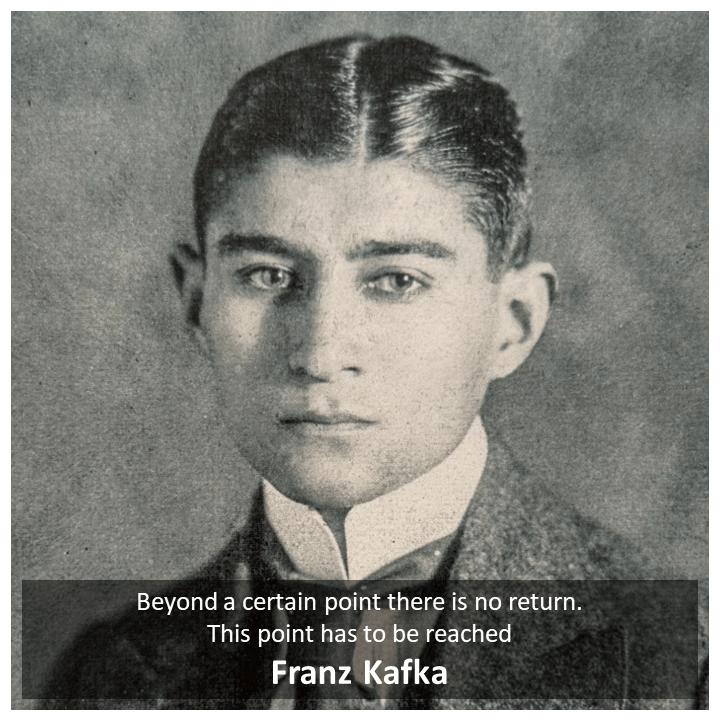
Even when most of the people have common ability of fasting, the mind-power of hunger artist made him to demonstrate his extreme will thereby converting this fasting into a special ability. The impresario made sure that it will be dramatic to earn profits from this performance.
Is Art Created For The Joy Of The Artist Or For The Joy Of The People Consuming It?
The very subjective reason behind the creation of any art-form is its strength and weakness simultaneously. In most cases, the key reason behind creation of an artistic piece is the urge of the artist to convey his deeper unexpressed emotions into something which can be expressed into something tangible and this object is then experienced by others to understand what was meant to be conveyed. This is some sort of subjectivity conveyed through something objective. If people – the audience are moved by it then this gives the artist a confirmation, a validation of his special talent. Then the artist creates even better influential things so that people are furthermore entertained and stimulated. Then this becomes a cycle which keeps on going. So, on surface it feels that art satisfies both its creator and the people experiencing it.
But this is not the complete and satisfactory answer to this question.
What if an artist is conveying something so rare that most of the people have not felt it ever in their lives? When the artist would communicate such emotions, feelings and very few people would appreciate it thereby the art-form prevented from being popular and furthermore not making it ‘special’. This is where the real things start. The earlier definition of the purpose of art explains the definition of “a popular art”. But, just like certain human experiences and perspectives somethings can really be rare and the relatability is very scarce among the audience. Thus, this art is not popular. So does it still remain an art-form? Will it make its creator the artist?
Franz Kafka points out the same thing in this story. Over the time when the popularity of the fasting demonstration is lost among the public does it deserve to remain an art-form as the hunger artist still remained loyal to his art-form and was still working on to improve it further? Even though people lost interest in hunger artist’s demonstration should it lose its specialty and not become mediocre? Shouldn’t artist get more recognition if he broke his own record?
“In man’s struggle against the world, bet on the world.”
Franz Kafka
The answer lies in the origin of the art. The urge of the artist to express his intangible feeling to the world even when they didn’t appreciate it. The honor he had for his will power and patience made it a pure art-form. It wouldn’t be an art if everyone could honor the willpower to fast indefinitely without expecting anything material in the end. That is what was special in the hunger artist. He was so dedicated to his art-form that not finding anything good to taste became his second nature.
What Ultimately Is The Purpose Of The Art?
Franz Kafka was very potent to warn the downsides of becoming an artist who is demonstrating something really special and rare. He converts this special ability of an artistic journey into a tragedy. The art-form and the emotion it is trying to demonstrate is so rare that nobody would be able to relate to it and then appreciate it further. So, any artist embarking on such artistic journey must well in advance should be aware that the fame and popularity would be the side-products of this artistic journey. People might not be able to relate to it but the honesty of the artist matters the most. This will make the art-form stand the test of any forces of nature especially the time. That is what brings in the authenticity in the process and later gets reflected objectively. It will definitely be relevant sometime. Bear in mind the artist must understand that remaining relevant forever is not the necessary condition for a given creation to become an artistic creation. People change over time and the same objective piece of art may lose its relevance. That is the dreadful part of the artistic journey which injects tragedy in this same journey. Kafka was master of injecting such tragedies from his personal life experiences into his stories.
The honor which made the hunger artist popular remained constant till the end. This is what is important. He died doing what he was best at and refining his talent, the tragedy was that people lost interest in him and he didn’t earn the fame he deserved.
The fate of this Hunger artist is a warning to all those artists who have started or are in their artistic journey.
Is Recognition Important For An Art To Become Valid?
The Hunger artist also points to a paradox in the artistic pursuit. If people are not appreciating given thing doesn’t that make it mediocre thing instead of a piece of art? Something must be lacking which is not triggering, inspiring people which is preventing it from becoming the masterpiece.
This is because of the fine line that exist between art and mediocrity, this is the same difference which lies between a true artist or a dilettante.
Mediocrity is invited when the talent is rare but many people could do it just like singing; many people can sing well but very few are professional and very few of the professionals have that ability to struck the strings of your heart. Many people are experts in the music theory but some of the greatest songs we enjoy today have sung by people who don’t even know the A,B,Cs of the same music theory.
Obviously, recognition is the foundation of an artist to become successful, but being successful and recognized is not the intent of the creation of any piece of art. What inspires an artist to create something special is his urge to express those unexpressed feelings into something expressible.
This is also where so called “Dunning Kruger effect” taps in people and creates mediocrity. This same effect is responsible for the imposter syndrome in many of the greatest artist world has ever seen. The key reason behind Franz Kafka’s tragic writing style is not only because of his life events but also because of his imposter syndrome. That is mainly why he was always doubtful of publishing most of it. It was only because he remained loyal to his way of expression, honored his urge to write and create stories that made him immortal.
This is a great life lesson for all the artists who are in their own special journeys. Not everyone’s life is supposed to be tragic if they are honoring their art-forms with full dedication. Fame, popularity and relevance are the byproducts of any artistic process. An artist could know this better that the audiences or the dilettante.
Hunger Artist For Today’s World
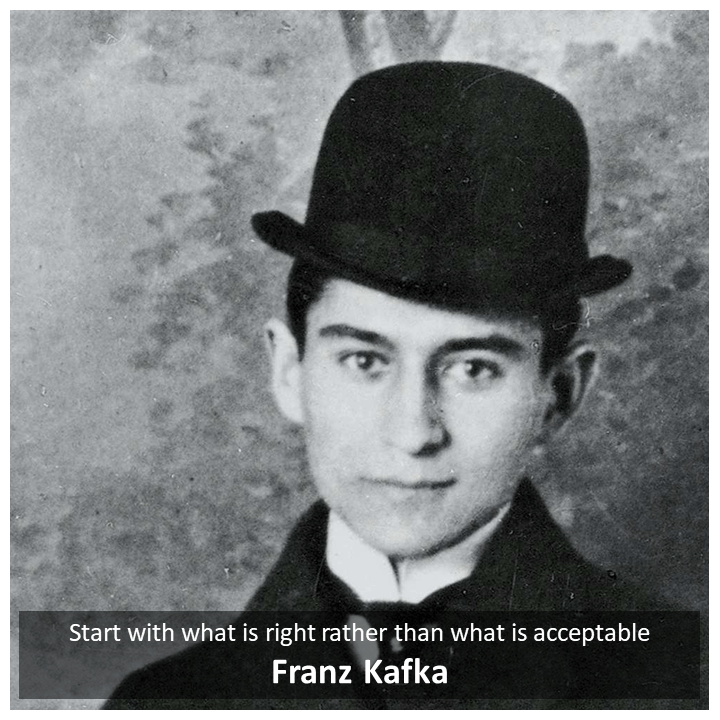
In this culture of becoming viral, becoming an “influencer”, Franz Kafka’s story A Hunger Artist stands like a lighthouse. It urges the readers and especially artists to trust their special process of expression, their special talent. It asks the artist to honor their subjectivity and not let that timeless, immortal subjectivity be maligned by the limitations of objective mediums and feedback loops of appreciation, popularity, fame from the people. Authenticity, honoring the purest ways of self-expression can stand on their own just like truth. They don’t need any other supports to stand the test of time.
“People are sewn into their skins for life and cannot alter any of the seams, at least not with their own hands.”
Franz Kafka
Anyone who is involved in such creative processes must be very well aware of the fact that trends come and go (that is how they become trend in the first place! It’s always a wave). They will also be able to see that there are classics which are still relevant irrespective of the unimaginable, unpredictable directions in which the whole world is going. Because even though as a human being our external objective, tangible attributes are evolving at the same time what we are at the core, our subjectivity remains unchanged or very rarely is transformed into something totally different. Even if this subjectivity would change it takes huge time and resources which we are rarely capable of handling and controlling. The changes subjective expressions are very slow.
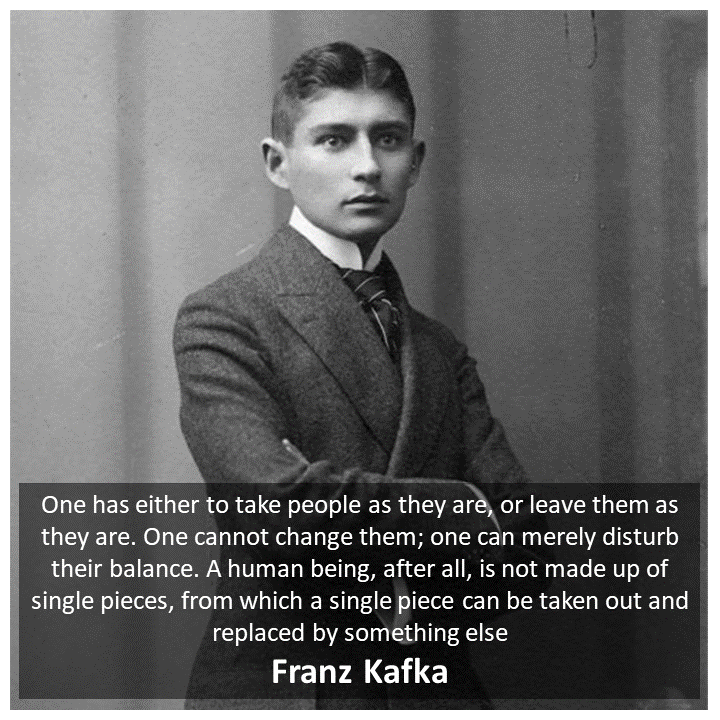
We should learn to handle these aspects of human evolution very well in advance. The process of preservation of what makes us human is the same thing which pushes us to become mediocre. That is why people who bring new perspective in our same boring, repetitive, mundane life stuck between birth and death are important. Artists are such people. That is exactly why art is important in everyone’s life.
“Either the world is so tiny or we are enormous; in either case we fill it completely.”
Franz Kafka

